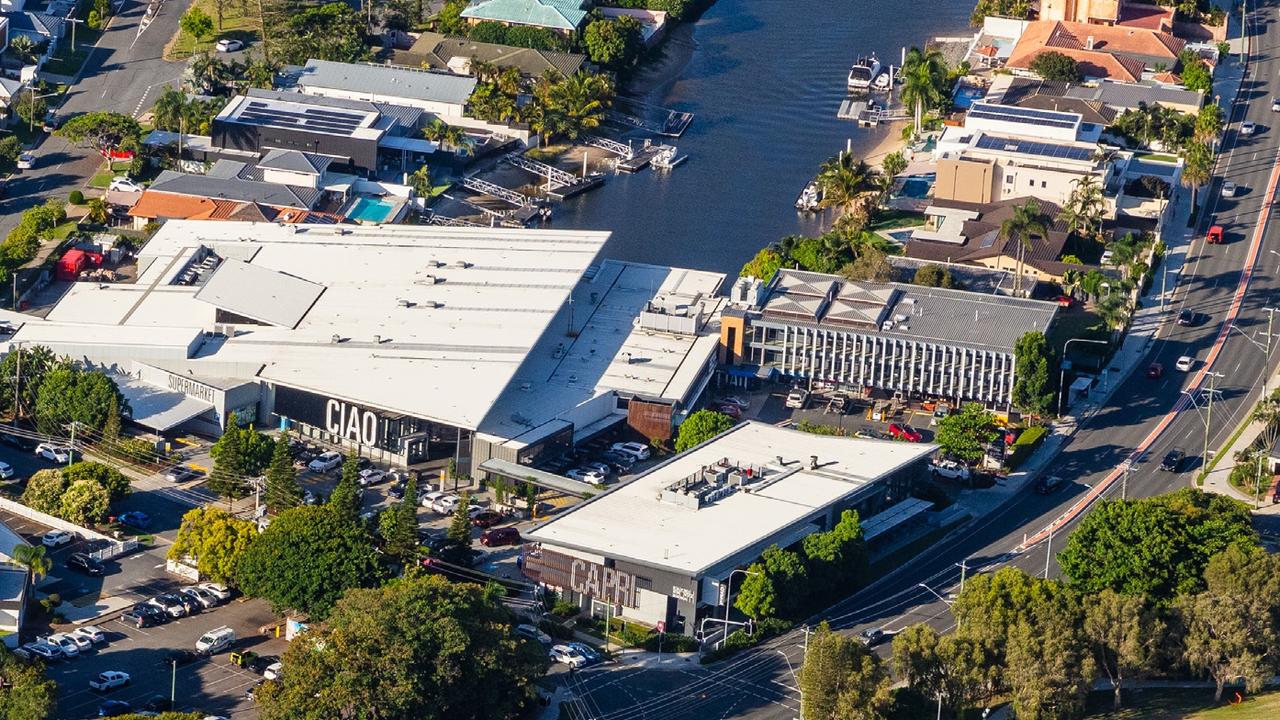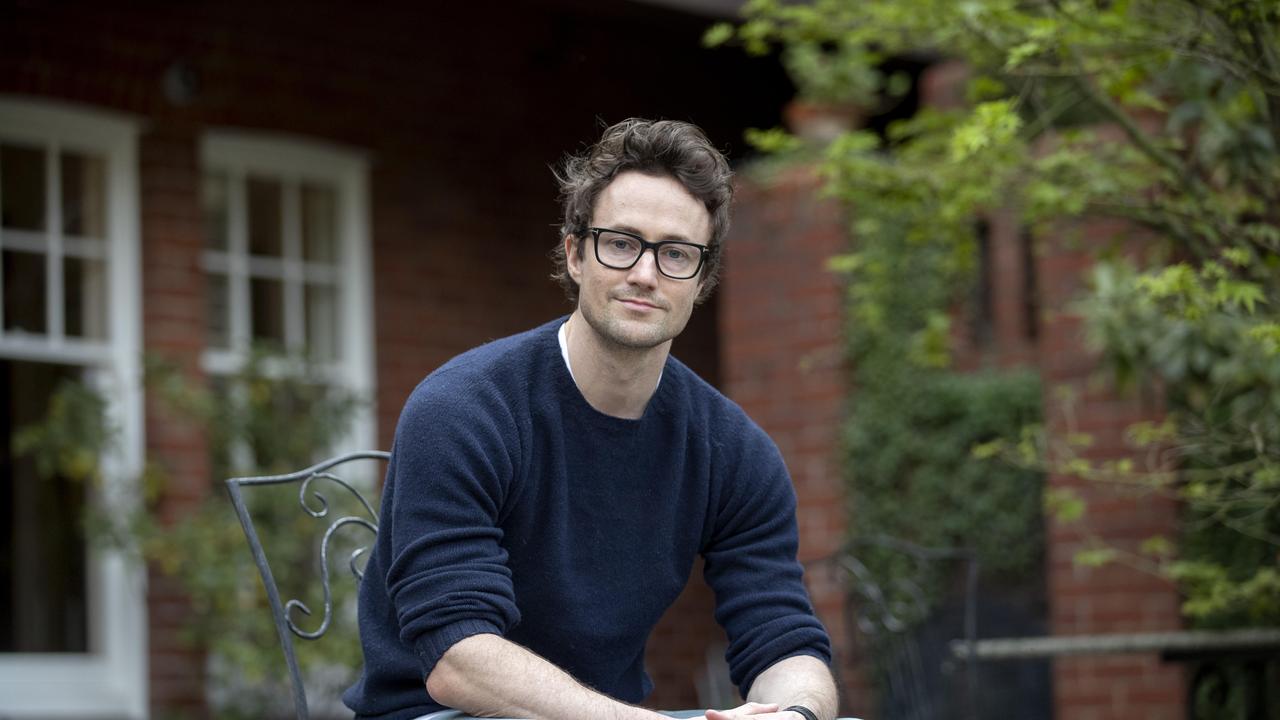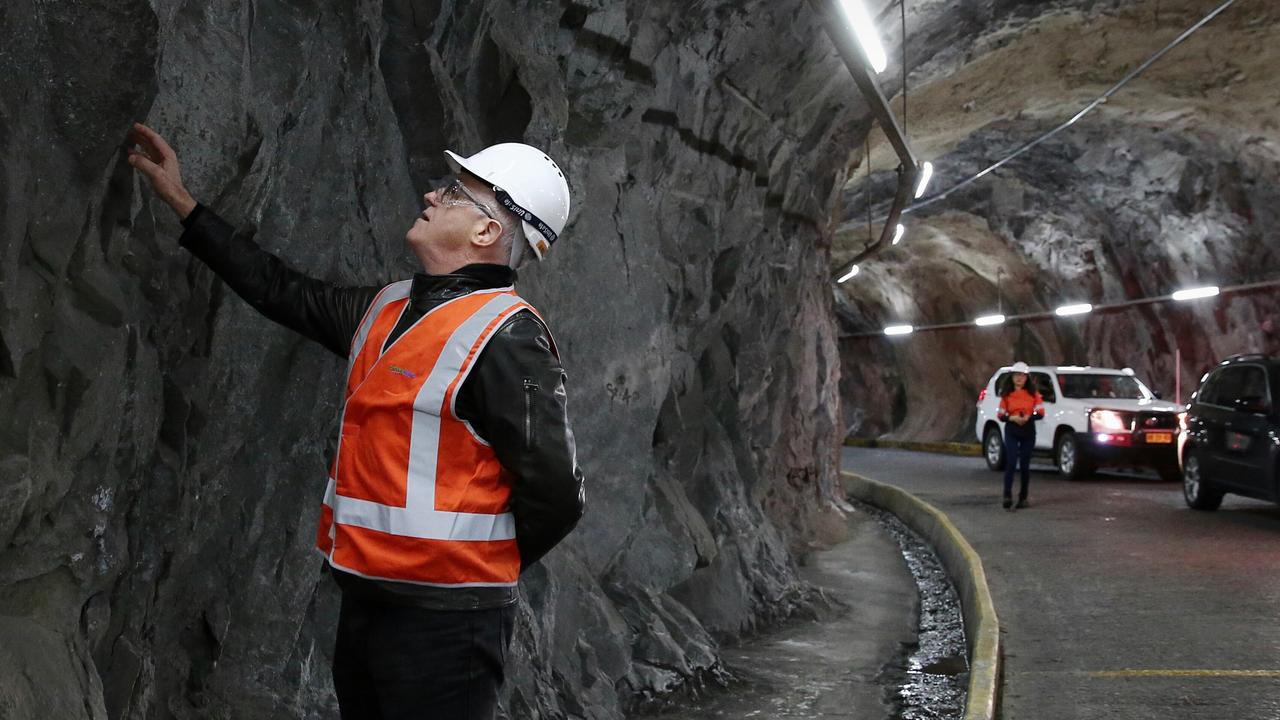PsiQuantum’s $1bn quantum computer project cracks ‘major milestone’
The US company tasked with building Australia’s first quantum computer is steaming ahead with plans to deliver the machine, while the Queensland government is reconsidering its investment.
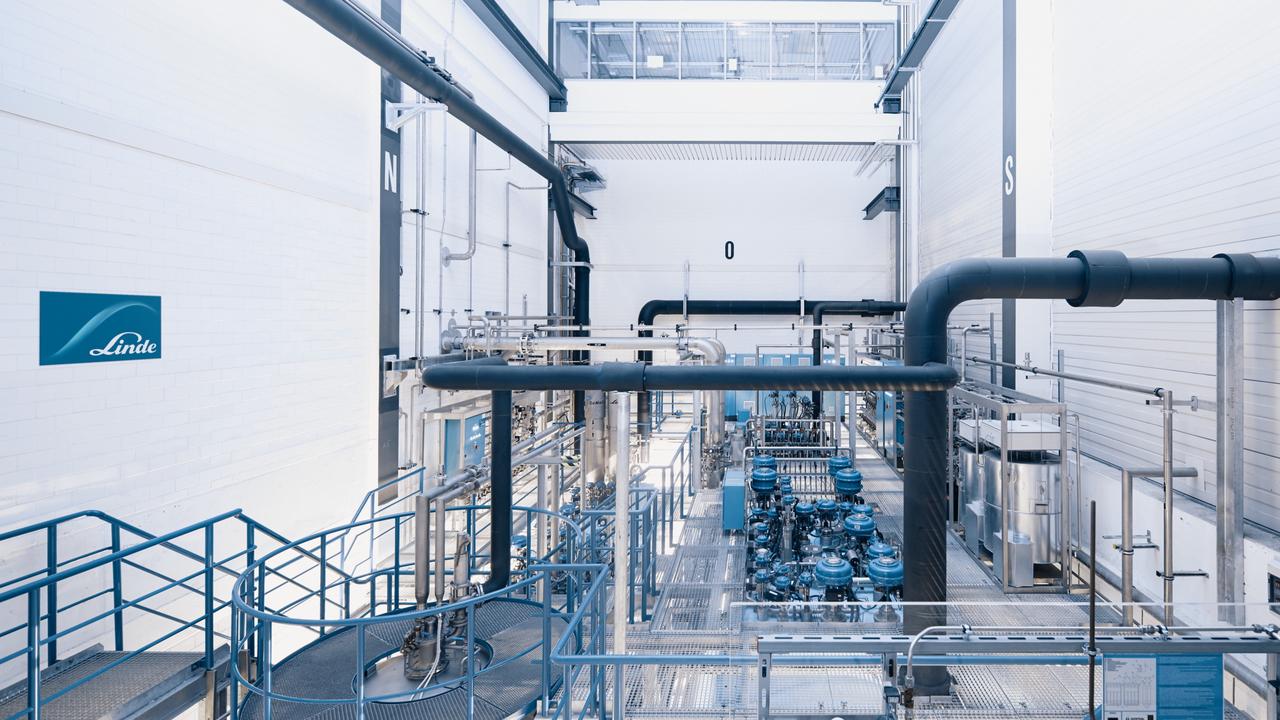
Business
Don't miss out on the headlines from Business. Followed categories will be added to My News.
The American company tasked with building Australia’s first quantum computer is steaming ahead with plans to deliver the machine, as the Queensland government reconsiders its co-investment in the $1bn project with Anthony Albanese.
PsiQuantum – a US company founded by Australians – has unveiled plans to build the world’s biggest cryogenic plants to house the computer in Brisbane.
It has signed a deal with Linde Engineering, based in Germany, to build the cooling plant, which is expected to take several years to complete. It has said previously that it expects to have the computer operational by the end of 2027.

The federal and Queensland governments have invested $1bn to build Australia’s first practical quantum computer. But Queensland’s new LNP government is reconsidering the investment.
“The (Queensland) government is reviewing the deal between the previous Labor government and PsiQuantum,” Treasurer David Janetzki told The Australian on Thursday.
PsiQuantum co-founder and chief executive Jeremy O’Brien remained upbeat, saying the deal with Linde was a “major milestone” in delivering the computer.
“This cryoplant is a critical component of the first utility-scale quantum system. It is a key step on the company’s road map to systems with millions of physical qubits, and the realisation of quantum computing’s potential,” he said.
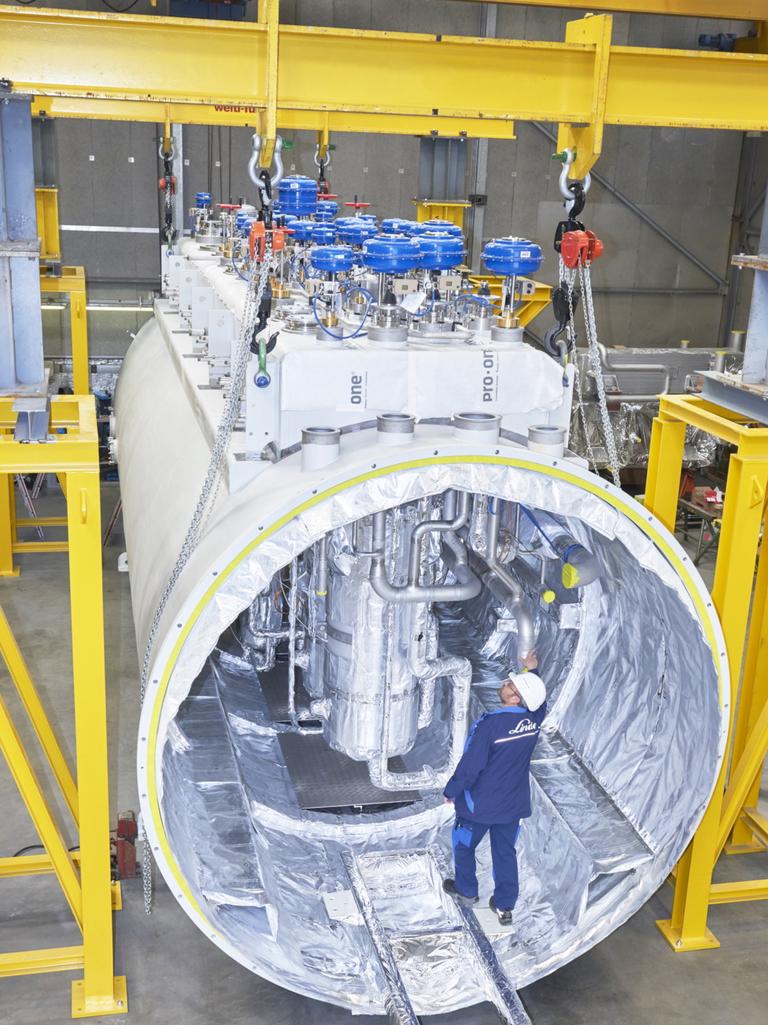
“Linde Engineering is one of very few companies worldwide with the required expertise – having installed more than 500 cryogenic plants in total. These are serving hi-tech industries such as semiconductors and magnetic resonance imagining and supporting
scientific applications like particle accelerators and fusion research.”
A cryogenic facility is needed because quantum computers must operate at extremely low temperatures – colder than deep space – to maintain the delicate state of qubits, which are needed to process quantum information. For example, Microsoft’s quantum computer operates at less than 100 millikelvin or -273C – around absolute zero.
The difference between quantum and classical computing is quantum uses qubits rather than bits. Bits can either be 1 or 0 to process information, while quantum could be both at the same time — like a coin being both heads and tails spinning in the air before it lands — a process known as superposition, and is incredibly powerful.
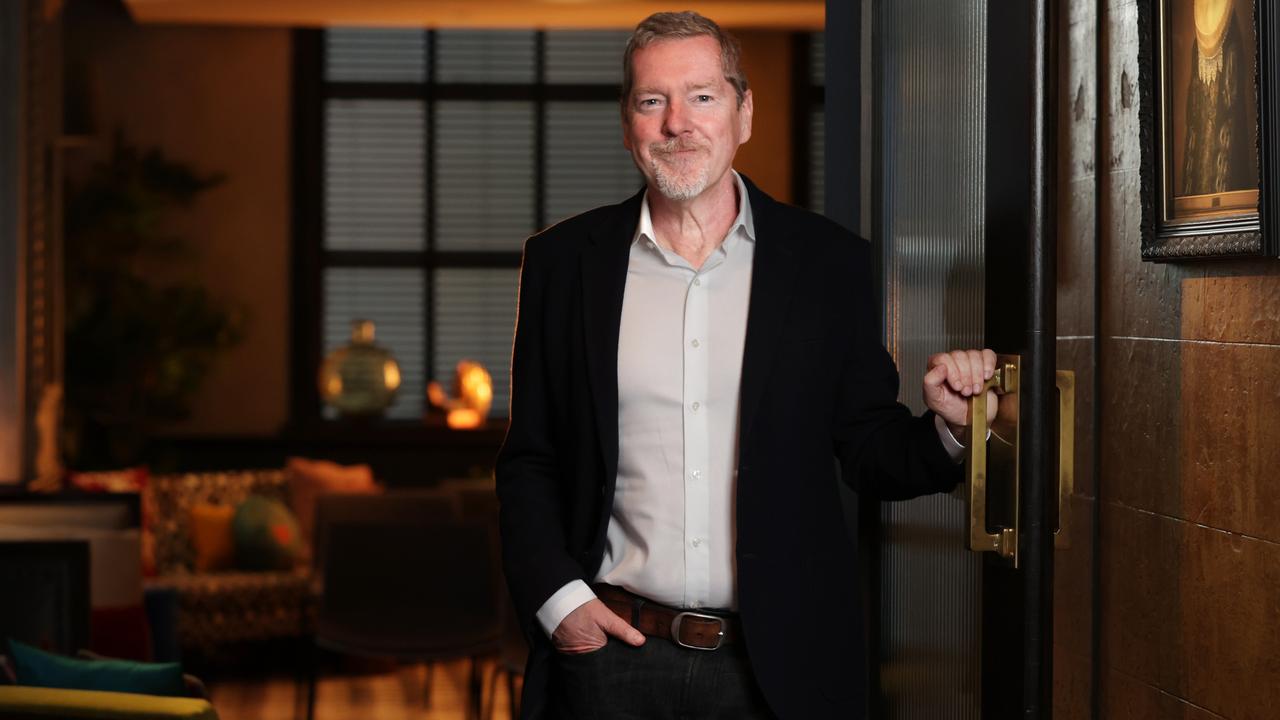
This means quantum computers can process information in a fraction of the time of classical computing, in some cases saving thousands, maybe millions of years – performing tasks such as rapidly accelerating drug development and personalised medicine; more accurate climate modelling; creating new materials at an atomic level; and more.
The Tech Council has said Australia cannot afford to be “left behind” in the quantum computing race, which it said had the potential to create a multibillion-dollar local industry by the end of the decade.
But qubits are, as Microsoft’s vice-president of advanced quantum development Krysta Svore said, “noisy”. She said they are like 1000 spinning tops, and the task is to keep them spinning for a month, while the room moves around a bit.
“It’s a hard task”.
Microsoft has invested more than $US1bn in quantum and has created a new chip that leverages a new state of matter and that could underpin quantum computers. But Professor O’Brien said PsiQuantum had taken a different approach.

Its technology uses photons, or light, rather than matter-based qubits. Therefore it can operate in a warmer but still chilly environment (4 kelvin or -269C), allowing it to use existing cryogenic systems.
“Photons don’t feel heat the way matter-based qubits do. Our systems can run 100 times warmer – and we appreciate collaborating with a world-class firm like Linde Engineering to deliver industrial-scale systems with proven technology,” Professor O’Brien said.
“This is a fundamental scaling advantage and a key reason we are able to move rapidly toward utility-scale quantum computing.”
Australian venture capital Playground Global founder Peter Barrett is a majority investor in PsiQuantum.
Blackbird Ventures- which has an investment portfolio of more than $7bn – has also backed PsiQuantum. Blackbird general partner Michael Tolo said PsiQuantum was “Australian by heart and spirit as much as origin”.
PsiQuantum has also partnered with Australian start-up Iceberg Quantum – founded by University of Sydney mates Felix Thomsen, Larry Cohen and Sam Smith – to design fault tolerant quantum computers.
More Coverage
Originally published as PsiQuantum’s $1bn quantum computer project cracks ‘major milestone’



